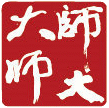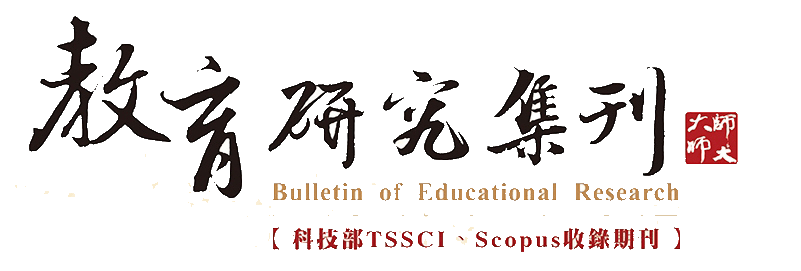| 篇名 | |
|---|---|
| 並列篇名 | A Study of the Implementation of Japan's New |
| 作者 | 楊思偉 |
| 中文摘要 | 日本為迎接新世紀的來臨,於1998年及1999年分別公布了自幼稚園至高中的學習指導要領,而小學及初中於2002年4月正式全面實施,高中則自2003年4月實施。另外,日本政府亦明定2000年至2002年為移轉階段,相關配套措施在三年內陸續完成。此次新課程的修訂,主要是為了培養新世紀之公民,以及為實施上課五天制,給予學生寬裕的學習空間,以培養其生存能力。本研究焦點在於探討日本推動新課程改革之相關「過程」,以瞭解其進行課程落實之相關做法。本文研究以日本政中央相關機構為主,探討新課程之主要規劃理念、新課程之規劃流程、實施新課程的準備與移轉方式及其他相關配套措施等。本研從課程行第的角度,分析日本架構新課程運作體制的相關措施與策略,以明瞭日本推動新課程的整體策略、流程與作業方式,並分析問題與啟示,以供國內參考。 |
| 英文摘要 | In 1998-1999, the new Courses of Study curriculum was introduced to Japanese education for all grade levels from pre-school through high school. The Japanese government set 2000-2001as the transition period in which preparations would be made for this new program, with the understanding that it would be implemented by April, 2002 for the elementary and junior high school levels and by April, 2003 for the senior high school level. This new curriculum sought to reduce the study load for young students by allocating 5 days a week to class time. This research project analyzed the transition procedures for the Japanese curriculum by exploring the workings of the Japanese government’s educational administrative sectors, as well as the public school administrations, with regard to promoting and preparing for this new curriculum during the transition period. This project therefore focused on the role of both the Japanese government and school administrations in developing and promoting the new curriculum. As a new nine-year curriculum has been recently promoted in Taiwan, such as comparison with the Japanese experience is clearly necessary and important. |
| 起訖頁 | 29-58 |
| 關鍵詞 | 日本、課程改革、學習指導要領、Japan、Curriculum reform、Courses of study curriculum |
| 刊名 | 教育研究集刊 |
| 期數 | 200603 (52:1期) |
| 出版單位 | 國立臺灣師範大學教育學系 |
| 該期刊-上一篇 | 建立課程的公共性--課程公共論述的危機與出路 |
| 該期刊-下一篇 | 幼兒「重量概念」多元智能取向科學學習系統之建構 |








